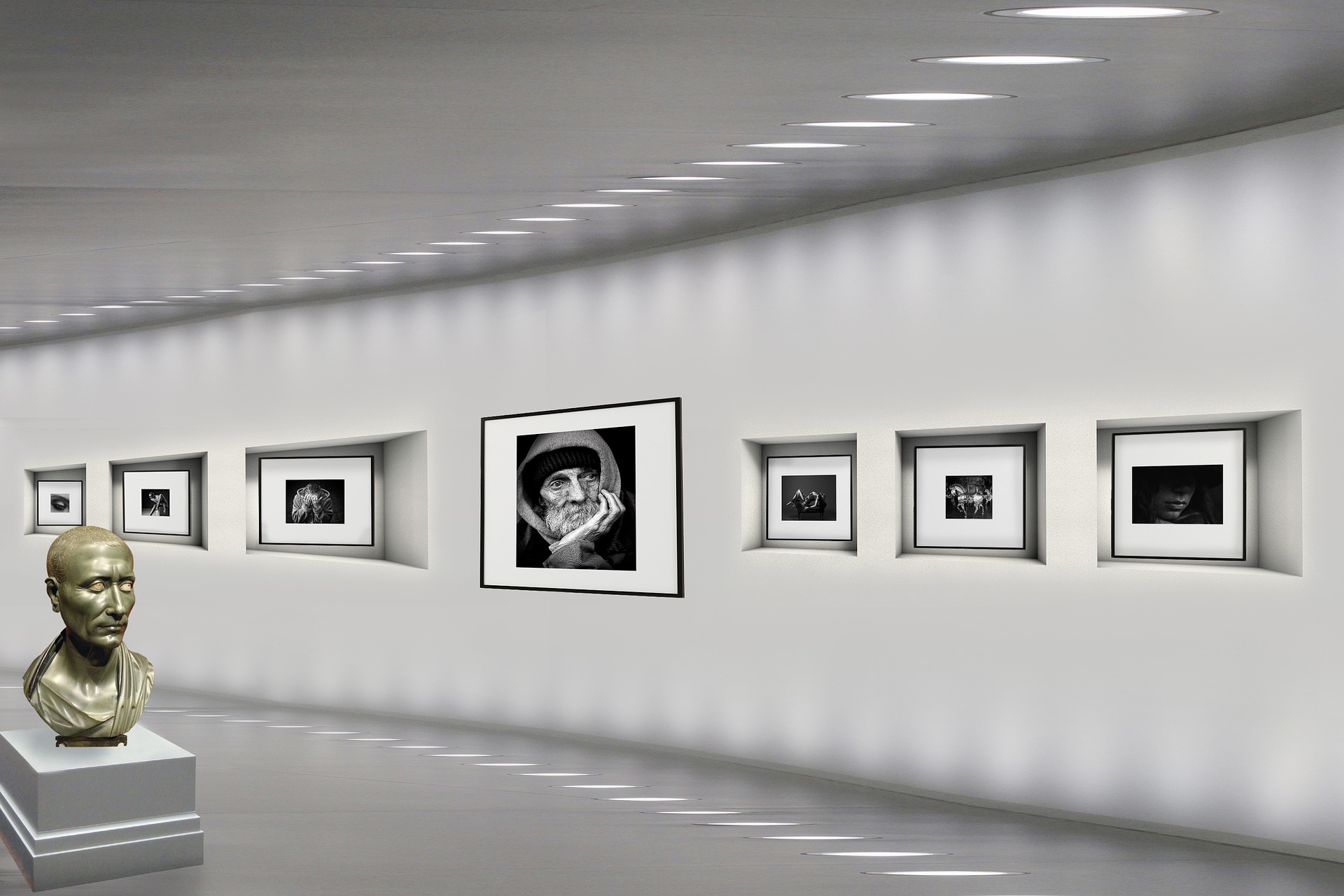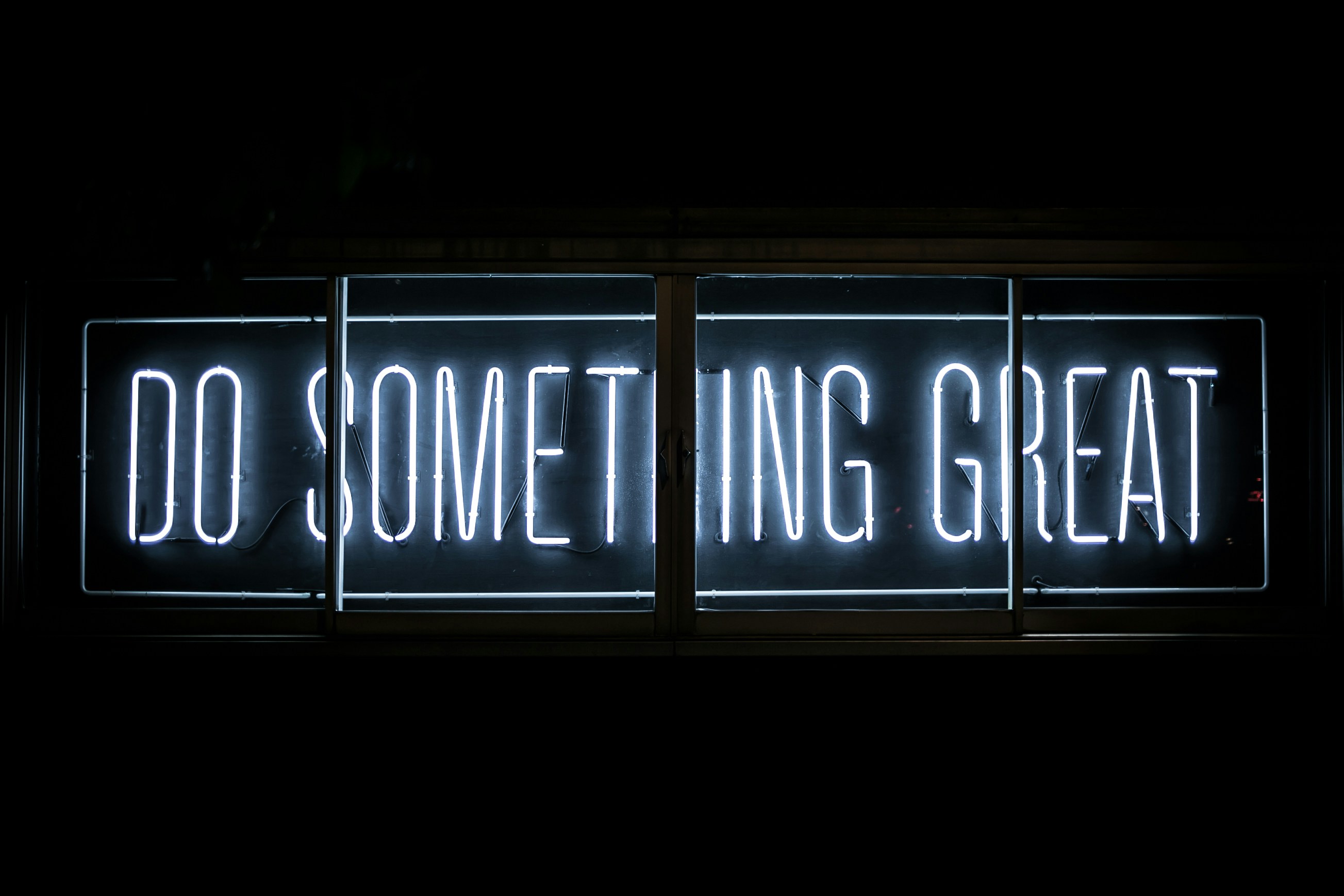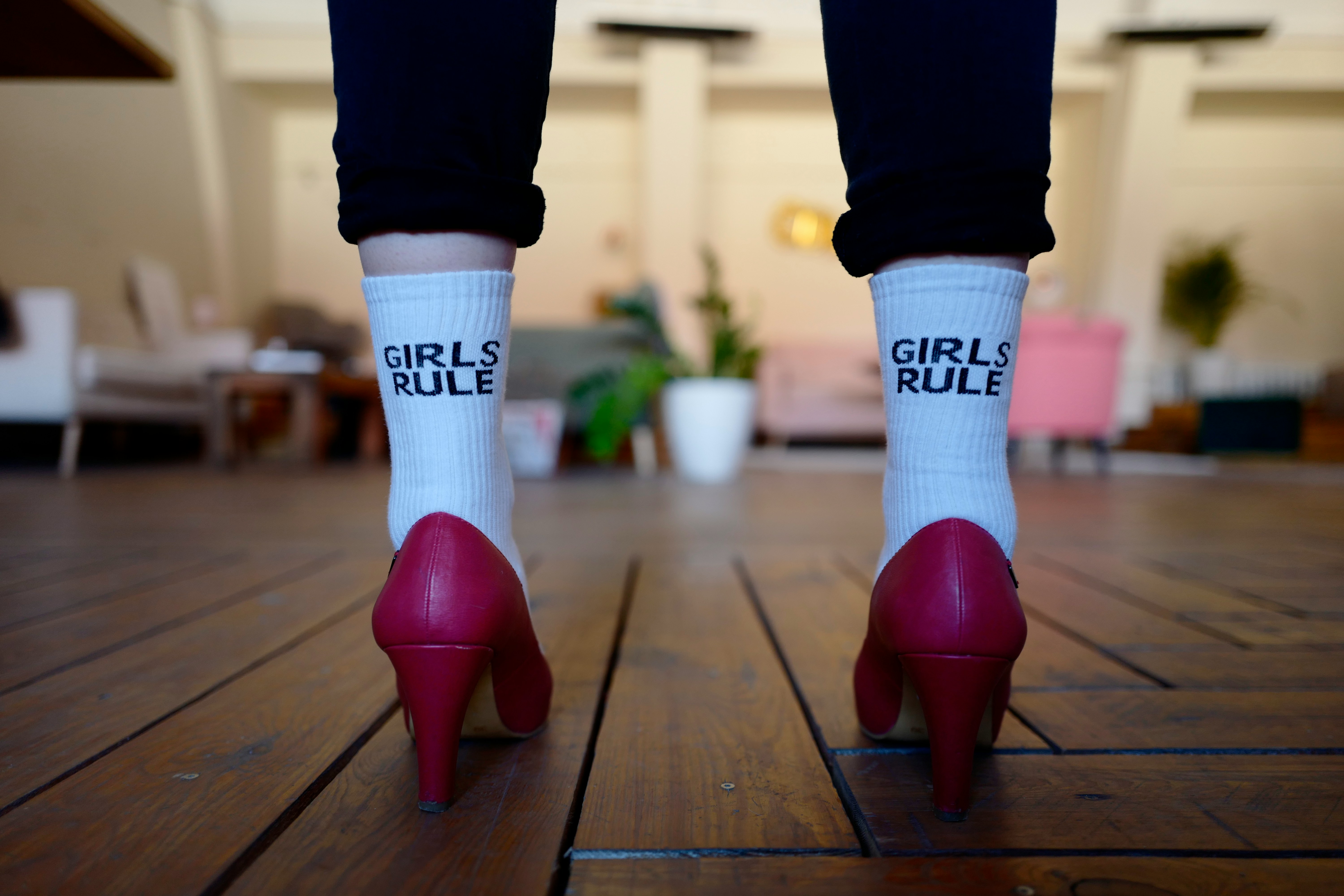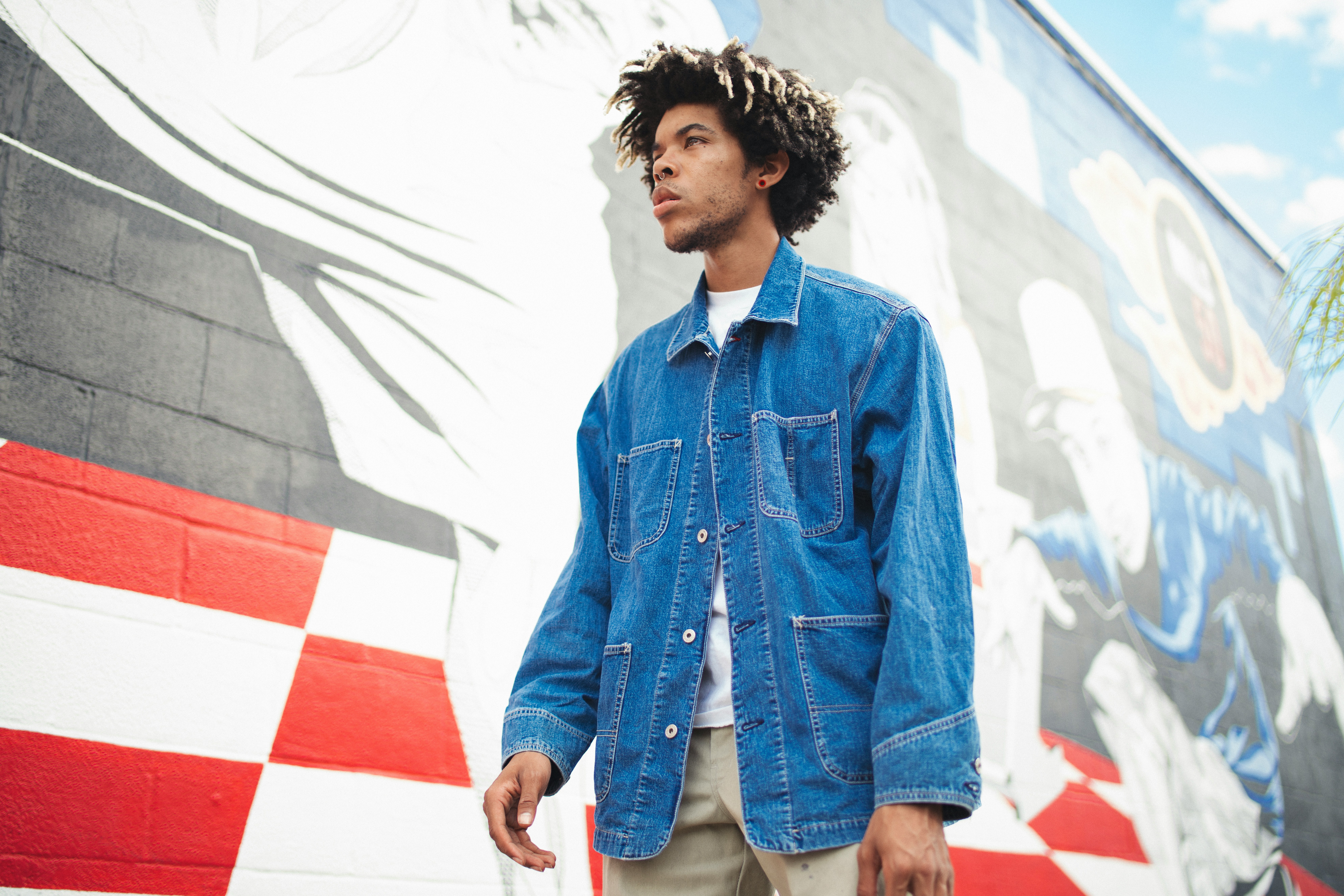Digital Art: From Pixels to Masterpieces
Digital art, a realm where creativity meets technology, is redefining the boundaries of artistry. With a surge in digital artists and platforms that promote their work, one cannot help but marvel at this creative revolution. Read below to delve into the captivating world of digital art.

A Whole New Canvas
In the realm of digital art, the screen is the canvas, and software tools are the brushes. Artists are no longer limited by the physical constraints of traditional media. They can create intricate layers, manipulate light and shadow with precision, and even animate their work. This freedom has given birth to a myriad of art forms - from digital paintings and 3D sculptures to GIF art and fractal designs.
The Rise of the Digital Artist
In recent years, there has been a significant increase in the number of digital artists. This is largely due to the accessibility of digital art tools and platforms that allow artists to showcase their work and interact with a global audience. Platforms like DeviantArt, ArtStation, and Behance have become vibrant communities where artists can share their creations, gain inspiration, and receive feedback.
Digital Art in the Market
Digital artwork is also gaining acceptance in the conventional art market. The recent buzz around NFTs (Non-Fungible Tokens) is a testament to this fact. NFTs have revolutionized the way digital art is bought, sold, and owned, giving digital artists the recognition and compensation they deserve. The record-breaking sale of Beeple’s digital artwork at Christie’s for a whopping $69 million has further legitimized digital art in the eyes of collectors and investors.
The Impact on Traditional Art
The rise of digital art has inevitably stirred a dialogue about its impact on traditional art. While some fear that digital art might overshadow traditional art forms, others believe that it merely broadens the artistic landscape. The digital medium does not replace the charm of a hand-painted canvas or the texture of a sculpture; instead, it offers a different experience that caters to the evolving aesthetic sensibilities of the digital age.
The Future of Digital Art
The future of digital art seems promising. With advancements in technology, artists will have even more tools at their disposal, and we can expect to see art forms that blur the line between reality and virtuality. Moreover, as society becomes increasingly digitized, digital art will continue to gain prominence and be a significant part of our cultural narrative.
Useful Tips and Facts: - Digital art tools range from simple apps like Procreate on iPad to professional software like Adobe Photoshop and Illustrator. - Websites like ArtStation and DeviantArt provide a platform for digital artists to showcase their work and engage with a community. - NFTs have revolutionized the way digital art is owned and transacted, providing digital artists with a new revenue stream.
Conclusion: The emergence of digital art signifies an exciting shift in our cultural landscape. This fusion of art and technology not only offers new avenues for artistic expression but also challenges our perception of art. As we move forward, it will be enthralling to witness how digital art continues to evolve and reshape our artistic experiences.




